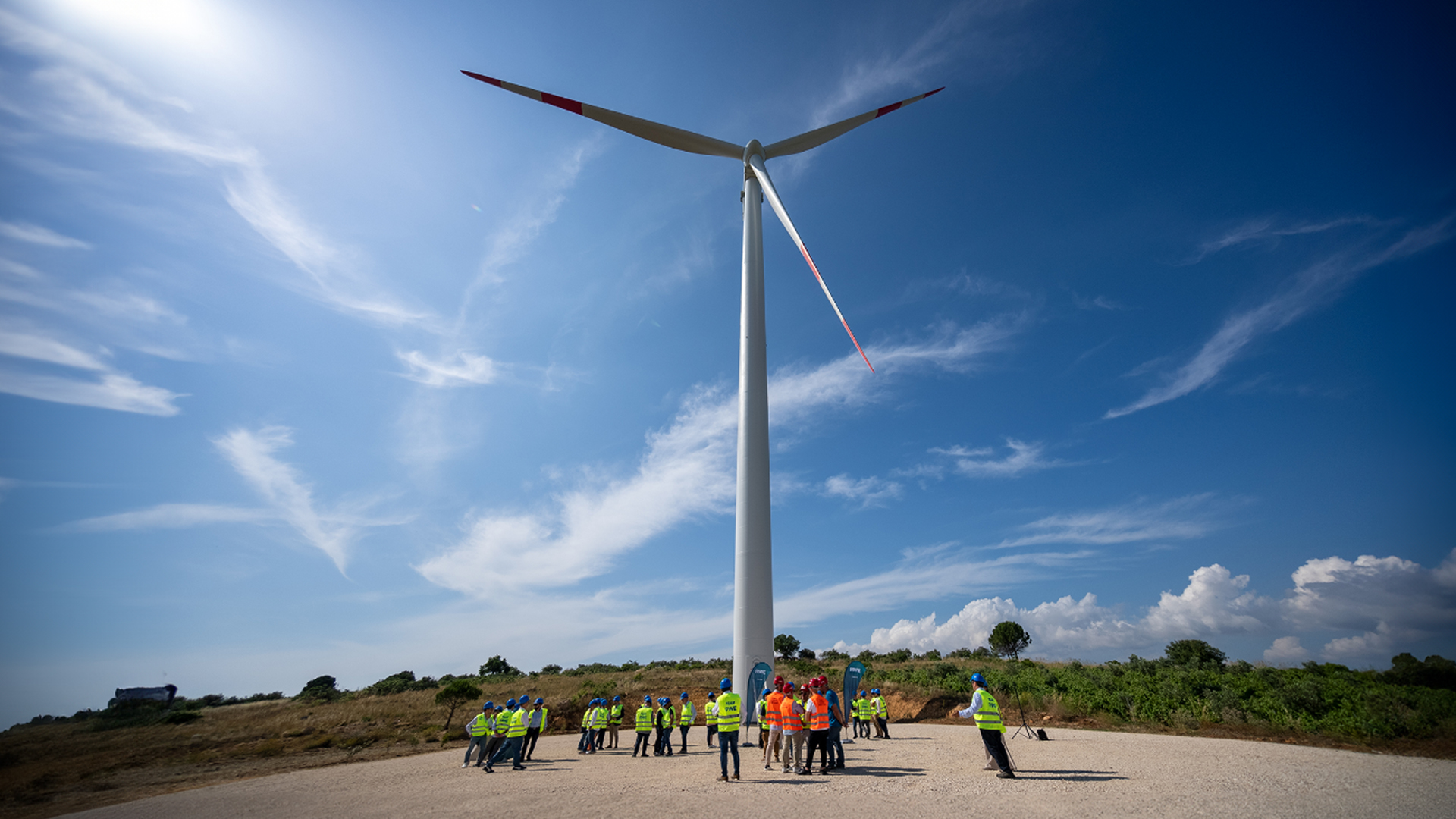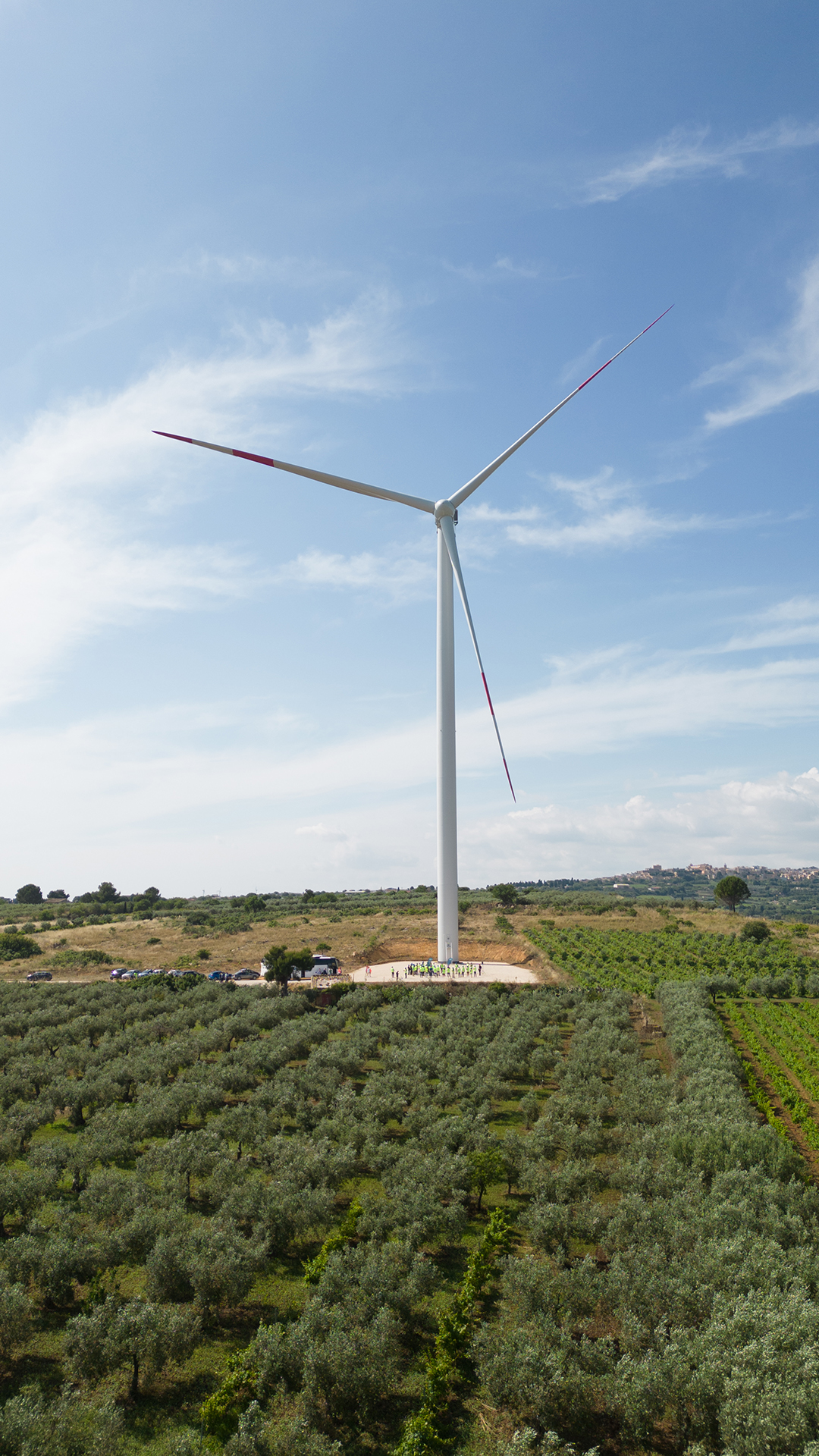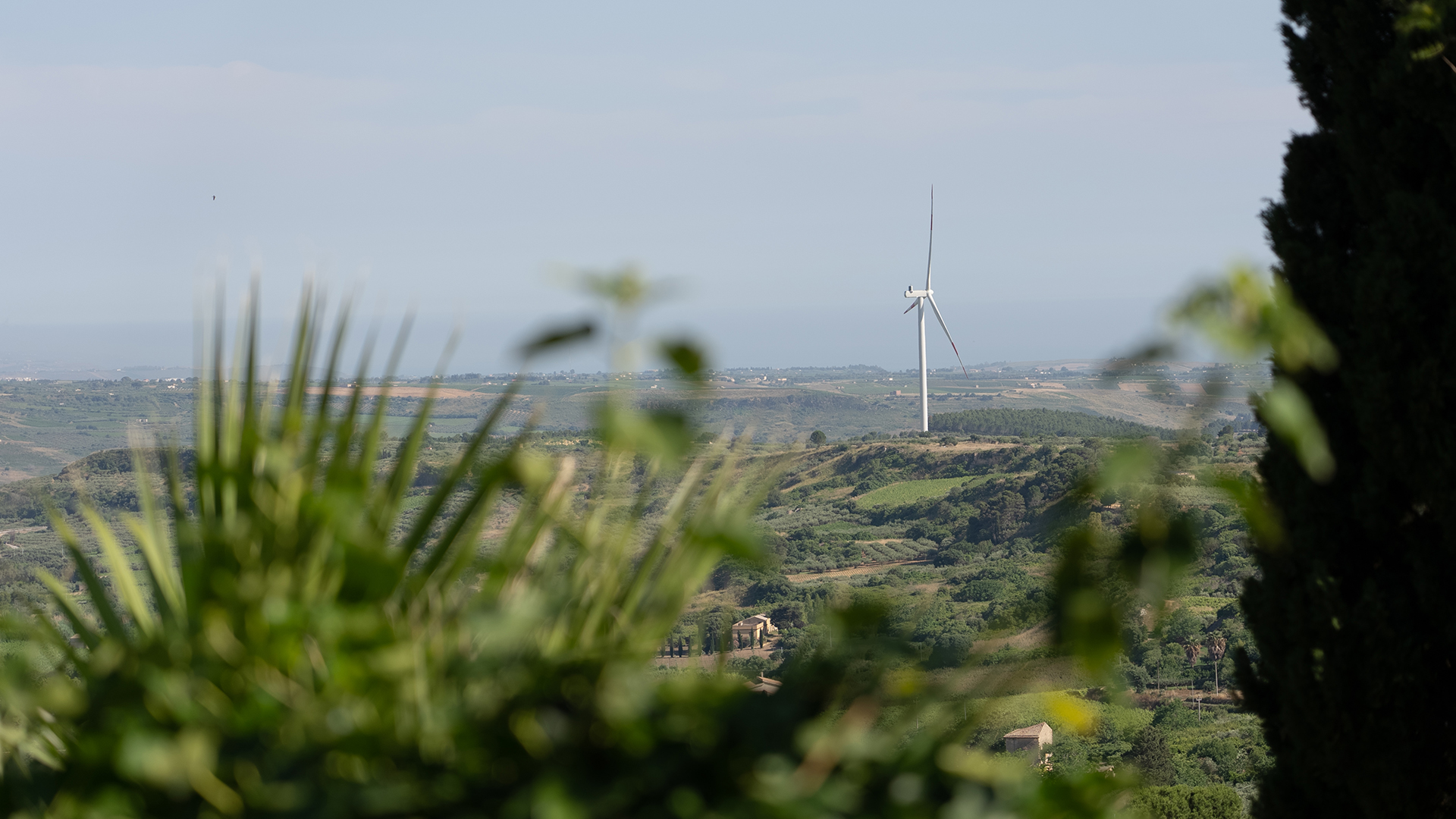Project Description
Selinus
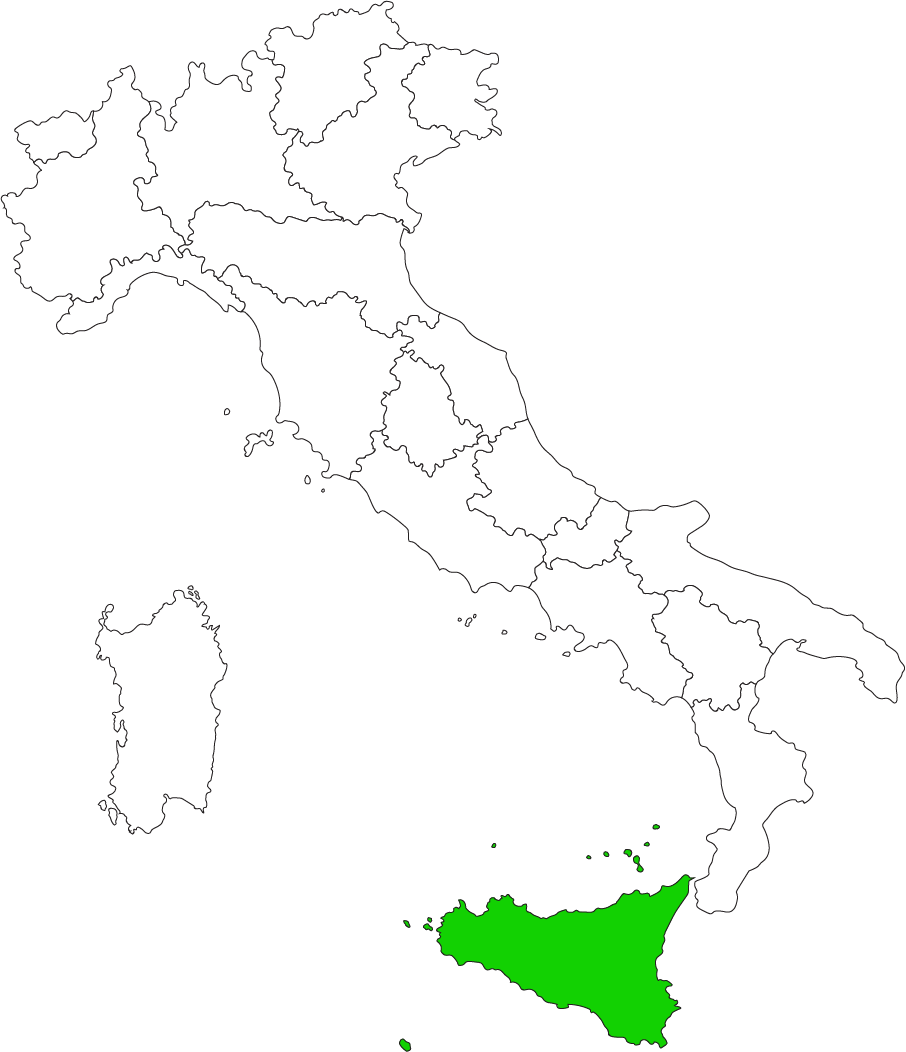
Selinus

Where it is
Surrounded by the olive groves of the Municipality of Partanna, the Selinus Wind Park came into operation in 2022 and is made up of six 4.2 MW turbine, each generating a total of 25.2 MW. We are in the Valle del Belice which stretches from the mouth of the same river into the Sicilian hinterland through beautiful hills which look over vast olive groves and gently descend to the sea. An area that became news after the disastrous earthquake of 1968 but deserves to be visited especially for the beauty of its landscape, its history and culture, and agricultural and food and wine heritage.
| Legend |
|---|
 Wind Farm Wind Farm |
Browse the map and discover the places to visit, where to eat and where to stay, chosen by Legambiente
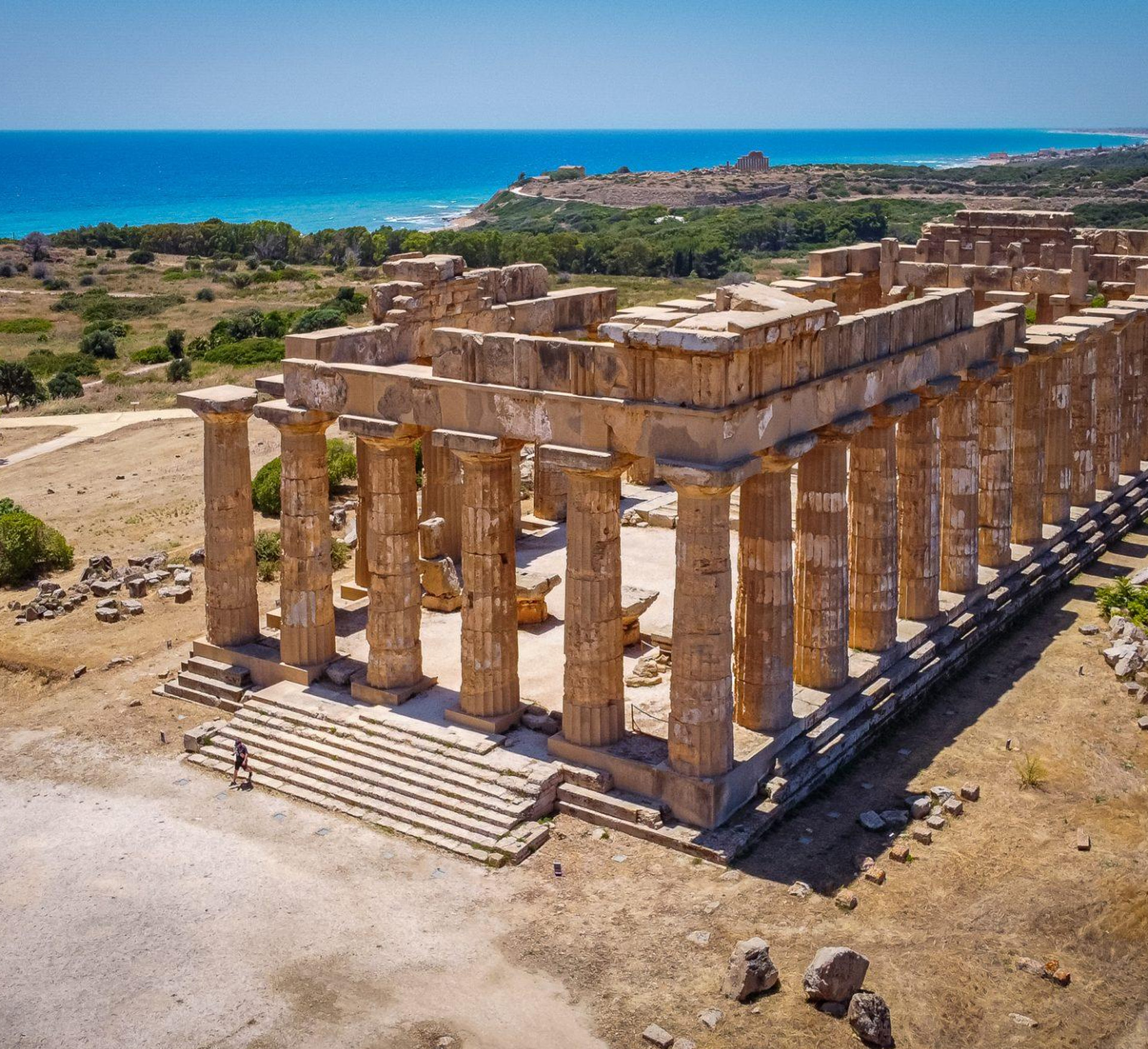
Between nature and history
Selinus, the name chosen for the last wind park coming into operation in the area, is not by chance, but a homage, perhaps due to one of the most important archaeological sites in Italy. We are referring to the ancient Greek colony of Selinunte whose history developed between the 7th and 3rd centuries BC. The acropolis and numerous temples of the ancient Greek city, which you can find not far from the mouth of the Belice River between the districts of Marinella and Triscina in the Municipality of Castelvetrano, overlook the sea offering visitors unique views. For those interested in history and archaeology, you will need hours to visit the more than 270 hectares of Selinunte which, other than the acropolis and the temples, also boasts the ancient agora, two large sanctuaries, the old ovens and the necropoleis. In short, a true journey into ancient Greece, which, however, does not end in Selinunte but continues on to the historical centre of Castelvetrano where you can find the Selinute Civic Museum which houses many of the finds from the excavations. Amongst the latter, the most famous is the bronze Ephebus (in dialect also known as Lu Pupu), a bronze statue dating back to the 5th century BC and discovered in 1882 in one of the necropoleis of Selinunte.
Remaining in the area, it’s worth visiting “The Nature Reserve of the Mouth of the Belice” which other than protecting the unique environment of the swamps and large coastal dunes, hosts an important biodiversity. We can find many migratory birds such as the Grey Heron, and often one of the most vulnerable marine species of turtles such as the loggerhead sea turtle (Caretta Caretta) nest here.
Continuing our way along the valley of the Belice River, we arrive at the Municipality of Partanna. Of the early medieval period, the village suffered serious damage during the 1968 earthquake but has conserved one of the most historical castles of Sicily – Castello Grifeo. It now houses the Civic Museum of Prehistory of Lower Belice, and the medieval fort was the headquarters of the Grafeo baronial family whose deeds are intertwined with the centuries of history of the town, beginning from the Norman conquest over the Saracens. Inside the castle, you can visit the large throne room, where there is a large fresco depicting the history of the Grafeo family, the underground cellars and the old manor which today has been adapted to a conference room and exhibition space. Many prehistoric finds exhibited in the castle museum, dating back to Neolithic and Bronze Age times, were found in the nearby archaeological site of Contrada dello Stretto, not far from the centre of Partanna and accessible to the public. Here, of note, was found the so-called “drilled skull”, a human cranium from the Bronze Age with a hole drilled into it, signs of a surgical operation.
